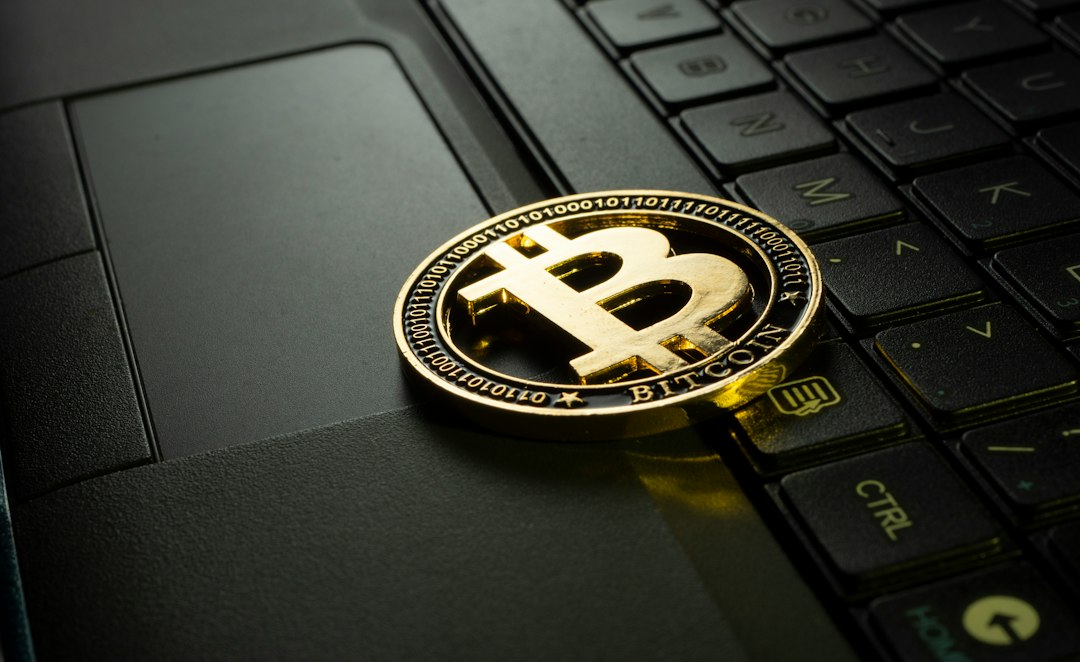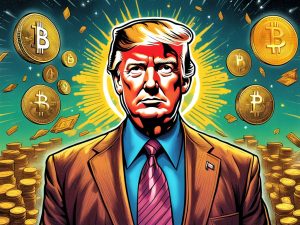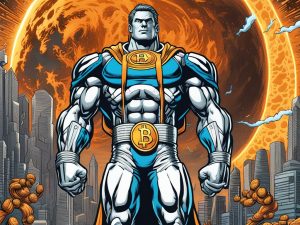Ether Supply Reaches New Low After Shanghai Upgrade
The supply of Ether has reached a new low since the historic Shanghai upgrade of the Ethereum network, with a decline of over 309,500 coins since September last year. This data comes from Ultra Sound Money, which shows that nearly 1.195 million ETH have been burned since the transition to the Proof of Stake consensus. The burn rate has outpaced new Ether issuance by approximately 30%. Currently, ETH’s supply is 56,000 ETH lower than its recent peak on October 31. This represents an 18% reduction in Ethereum’s supply since the Shanghai upgrade over the past six weeks.
Increase in Burned ETH due to On-Chain Trading and Trading Bots
The recent surge in burned ETH can be attributed to increased on-chain trading, primarily driven by the growing adoption of trading bots. Uniswap transactions have been the largest contributor to burned ETH in the last 30 days, accounting for approximately 10% of the total ETH destroyed. Prominent public trading bots such as Maestro and Banana Gun have also ranked among the top burning entities on the network, collectively burning around 9% of the ETH removed from circulation in the past month.
The Shanghai Upgrade and Ethereum’s Deflationary Nature
The Shanghai upgrade, also known as The Merge, aimed to make Ethereum a deflationary network by replacing Proof of Work miners and revamping its tokenomics. The upgrade resulted in a significant reduction of new Ether issuance, making the network deflationary through the burning of base transaction fees. Following the upgrade, Ethereum demonstrated deflationary behavior with its supply peaking at nearly 120.534 million ETH three weeks later.
Resurgence in Burn Rate and DeFi Activity
Although the burn rate slowed down in the third quarter, Ethereum’s supply continued to decrease until reaching a post-merge low of around 120.2 million ETH on August 31. However, Ethereum’s on-chain activity experienced a resurgence in November due to bullish market conditions, resulting in a significant acceleration in the burn rate. Additionally, total value locked (TVL) across DeFi platforms has surged 11% in the past 30 days, with Solana registering a 56% increase. Altcoin leader Ethereum has also seen an increase in institutional inflow as its asset price broke through the $2,000 mark.
Hot Take: Ether Supply Reaches New Low
The supply of Ether has reached its lowest level since the Shanghai upgrade, decreasing by over 309,500 coins. This decline can be attributed to the burn rate outpacing new Ether issuance and increased on-chain trading driven by trading bots. The Shanghai upgrade aimed to make Ethereum a deflationary network, resulting in a reduction of new Ether issuance and demonstrating deflationary behavior. Despite a slowdown in the burn rate during the third quarter, Ethereum’s supply continued to decrease until reaching a post-merge low. The recent resurgence in burn rate and DeFi activity highlights the growing adoption of Ethereum and its role in the crypto market.





 By
By
 By
By
 By
By
 By
By
 By
By